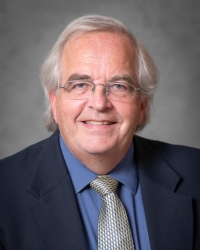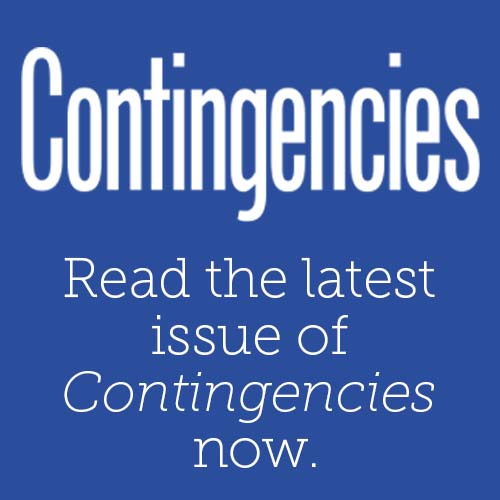Professionalism Counts, March 2017
A Look Into the Revision of ASOP No. 32 on Social Insurance
By Frank Todisco
Vice Chairperson, Actuarial Standards Board
|
Learn more about Professionalism resources at the Academy. |
ASOPs provide guidance for appropriate actuarial practice. However, what is considered “appropriate” must be constantly examined as actuarial science advances and the regulatory and business environment changes. These changes require the ASB to review existing ASOPs to determine whether they need to be amended, expanded, or, more rarely, repealed, as mandated by the Academy bylaws. Creating and revising ASOPs is an inclusive process, as it involves incorporating input received from the actuarial community and interested parties through the ASB’s exposure process. This process ensures that proposed new and revised standards are reviewed by a wide range of stakeholders, and that appropriate standards of practice are created so that the actuarial profession is able to fulfill its responsibility to the public.
Actuarial Analyses
ASOP No. 32’s scope includes actuarial analyses of Social Security and Medicare, among other programs. In 2016, the ASB examined whether a revision of ASOP No. 32 might be warranted. The ASB identified several reasons for revisiting the standard, which had originally been adopted in 1998 and has remained largely unchanged. Since then, significant changes have been made to ASOPs in related practice areas, such as pension and health, and to programs covered by ASOP No. 32, such as the creation of Medicare Part D. In addition, some of the programs covered by ASOP No. 32 are subject to intense public scrutiny, sometimes including scrutiny of assumptions, methods, or disclosures—as can occur upon the release of the annual Social Security and Medicare trustees’ reports. As a result of these considerations, the ASB decided to review and develop proposed revisions, as deemed appropriate, to ASOP No. 32.
In most cases, when the ASB decides to review and propose revisions to an ASOP, it charges the ASB standing committee of the ASOP’s respective practice area to oversee the revision. However, because ASOP No. 32 focuses on social insurance, it does not fit into any one particular area of practice, nor is it a general standard that applies more broadly to actuarial work. Therefore, the ASB created a task force that reports directly to the board and approved its membership in September 2016.
The task force is chaired by Janet Barr, a former chairperson of the Academy’s Social Insurance Committee. Its membership comprises a distinguished group of senior actuaries with expertise in the nation’s social insurance programs. Notably, the task force also includes a nonactuary, economist Alicia Munnell, who is director of the Center for Retirement Research at Boston College and was chair of the Social Security Advisory Board’s 2015 Technical Panel on Assumptions and Methods.
The task force met for the first time in January 2017 and plans to submit a summary of proposed changes to the ASB in June and a full exposure draft later this year. One threshold issue that the task force is considering is the scope of the ASOP: Which types of programs should be considered “social insurance”? The task force will also consider the guidance on the selection of assumptions and methods; sensitivity testing or other measures of risk; and the appropriate disclosures in an actuarial report. The task force has established several subgroups to delve into these issues.
As is part of the ASB’s standards-setting process, once the ASB approves an exposure draft, it will be exposed for comment. The task force will reconvene after the comment period to consider the comments received and incorporate them into the ASOP as appropriate. When the task force completes the subsequent draft, it will be returned to the ASB for a second review. The process of review, revision, and exposure continues until the ASB is satisfied with the proposed revision and adopts the newly revised standard.
The process of revising ASOP No. 32, as with most ASOPs, will take time, careful consideration, and input from many stakeholders along the way, but the result will yield an updated, appropriate standard of practice on which actuaries and the public can rely.
(Featured in the March 2017 Actuarial Update.)
Share






